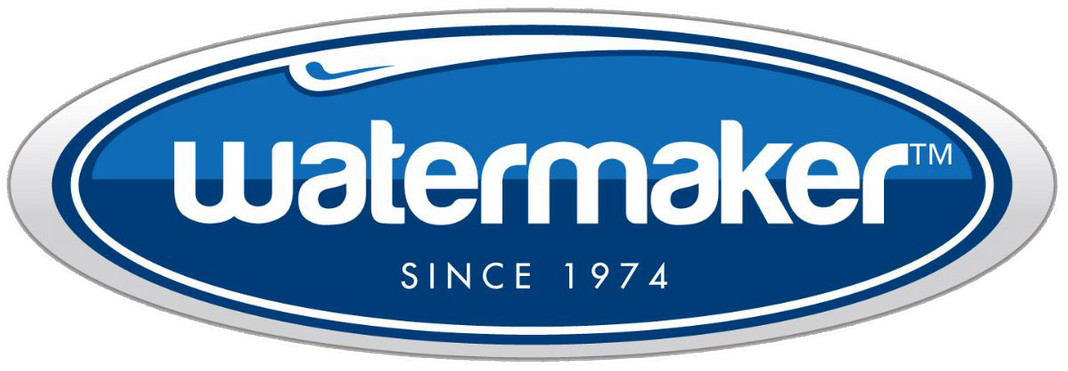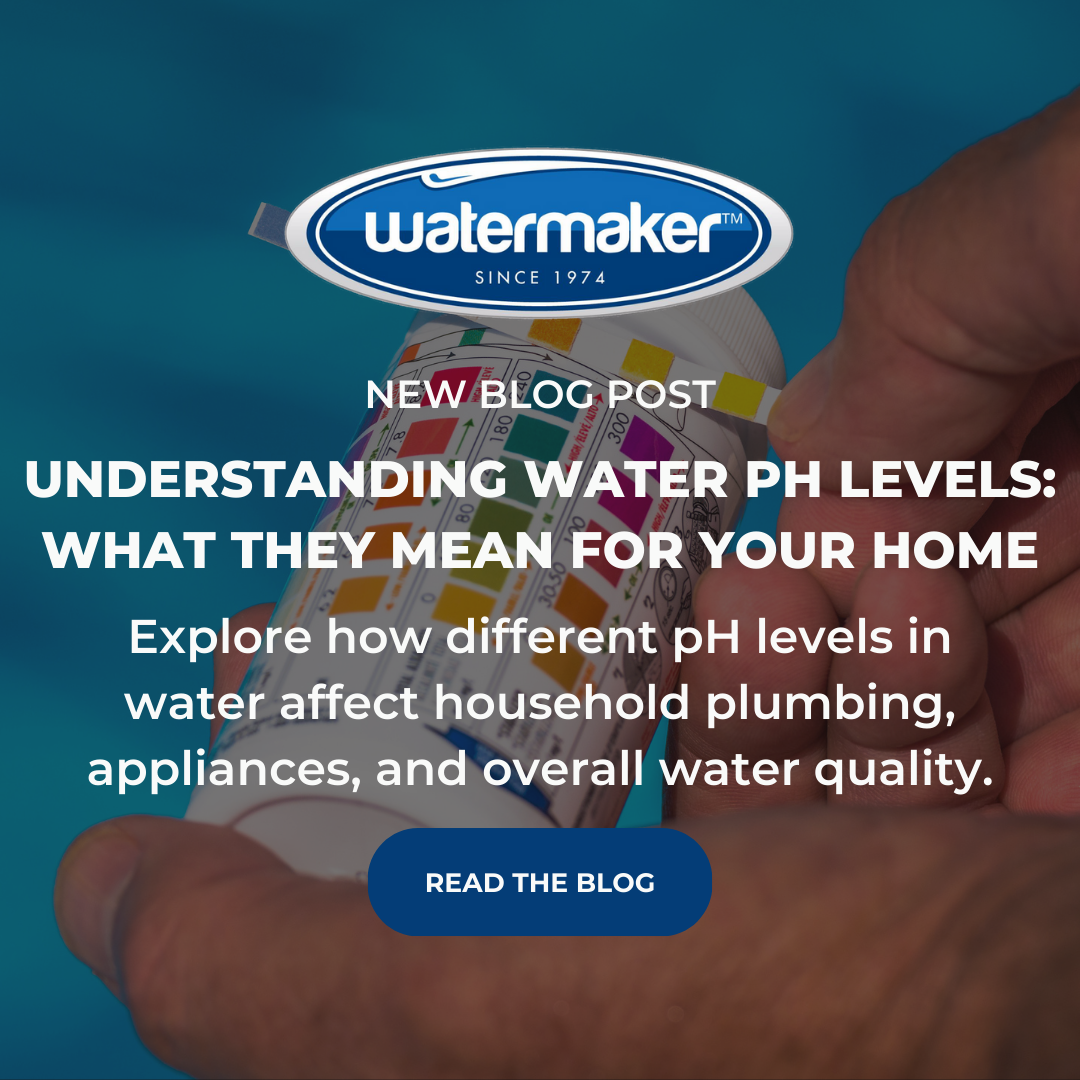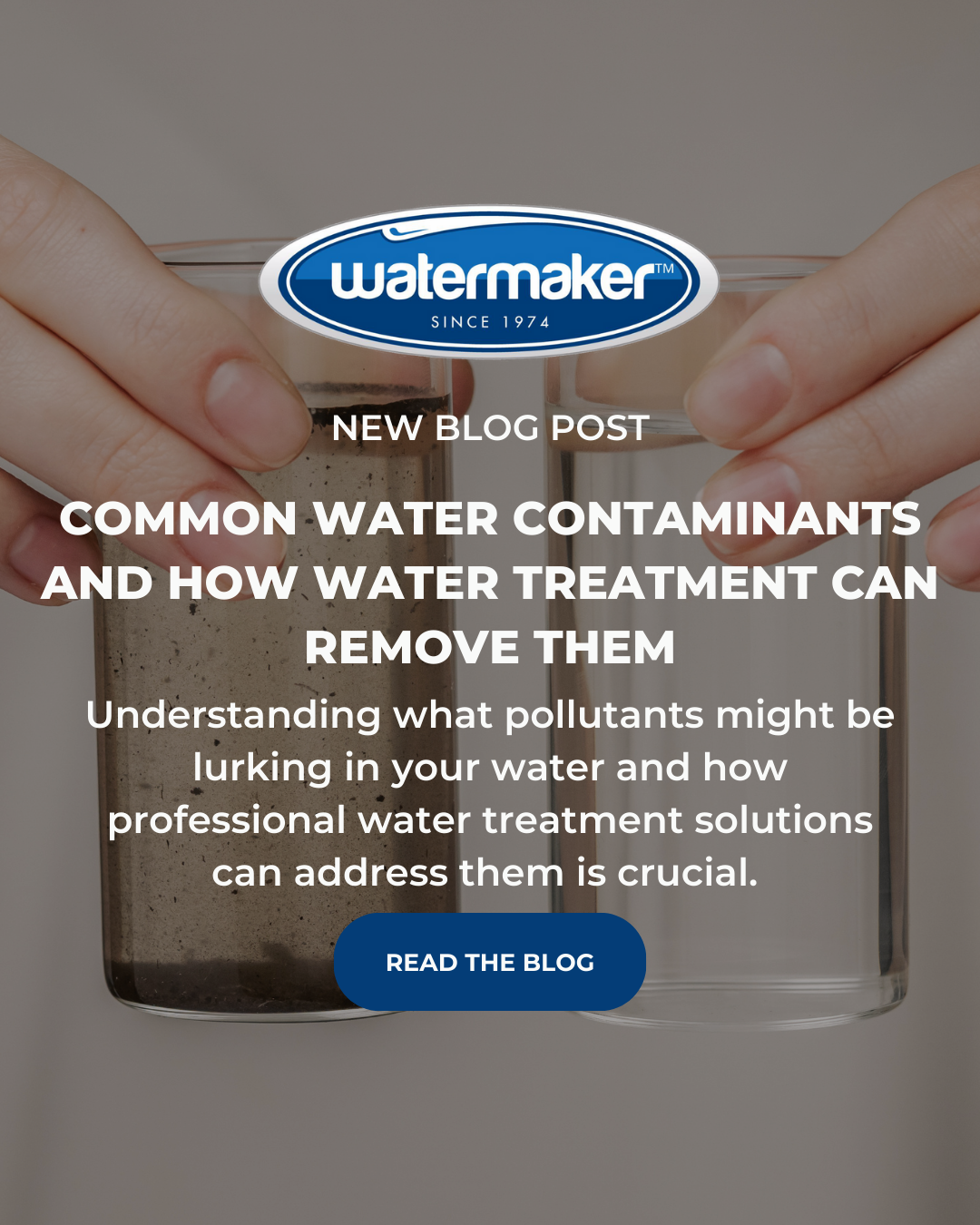Understanding Water pH Levels: What They Mean for Your Home
Explore how different pH levels in water affect household plumbing, appliances, and overall water quality.
You’ve probably heard of water “pH” but may not know what it means or how it affects your water situation. You don’t need a chemistry degree to understand what pH is and how to spot if the pH in your drinking water is not where it should be. Let’s look at how pH levels affect your water and warning signs that the pH level might be off.
What is pH?
The term “pH” – which stands for the “power of hydrogen” – is simply a scale by which we measure the acidity or alkalinity of a liquid. The scale goes from 1 to 14, and right in the middle of that scale is pure water, which generally has a neutral pH of 7.
To compare, a liquid like vinegar has a pH of around two and is very acidic. Bleach, which is very alkaline, has a pH of around 13.
The important thing to know is that your drinking water should always be close to the neutral point of 7 so that the water is healthy for consumption and so that it does not adversely damage your pipes and appliances.
How Does pH Affect Plumbing?
If your water has a very high or very low pH, this can indicate heavy metal or chemical pollution.
Acidic water (with a low pH) can cause corrosion and discoloration of pipes and faucets, which can turn white, blue, or rusty. It can also change the colour or odour of drinking water. If you start to see blue or green stains on your sinks, bathtubs, and toilets, this can be a sign of low pH.
On the other hand, alkaline water (with a high pH) contains many minerals. This is often referred to as “hard water.” Mineral buildup is very common in water with a high pH level, affecting appliances like showers and dishwashers. The high mineral levels make soaps and detergents less effective and cause lower water pressure due to the buildup in pipes. A high pH level can also indicate calcium buildup, which can dry out your hair and skin.
How to Control pH Levels in Your Home
Most municipally treated water in southern Ontario is considered “hard,” meaning it is more alkaline and contains high mineral levels. However, different areas have different water sources, so mineral levels can vary widely. This is especially true if you have a well and rely on well water.
If you notice stains and discolouration around the home, your hair and skin are very dry, and your appliances don’t seem to be cleaning properly, your pH level might be a bit off, and you may require a home water treatment system. Watermaker offers a range of water treatment solutions, including water softeners to treat hard water, reverse osmosis systems that filter and remove contaminants, UV water sterilization systems, and iron removal and filtration systems.
It’s a good idea to bring a water sample to Watermaker for a test to really understand your water’s pH levels and any other problems that could be lurking.
Contact us today to learn how Watermaker can help you and your family enjoy the cleanest, freshest water possible.



